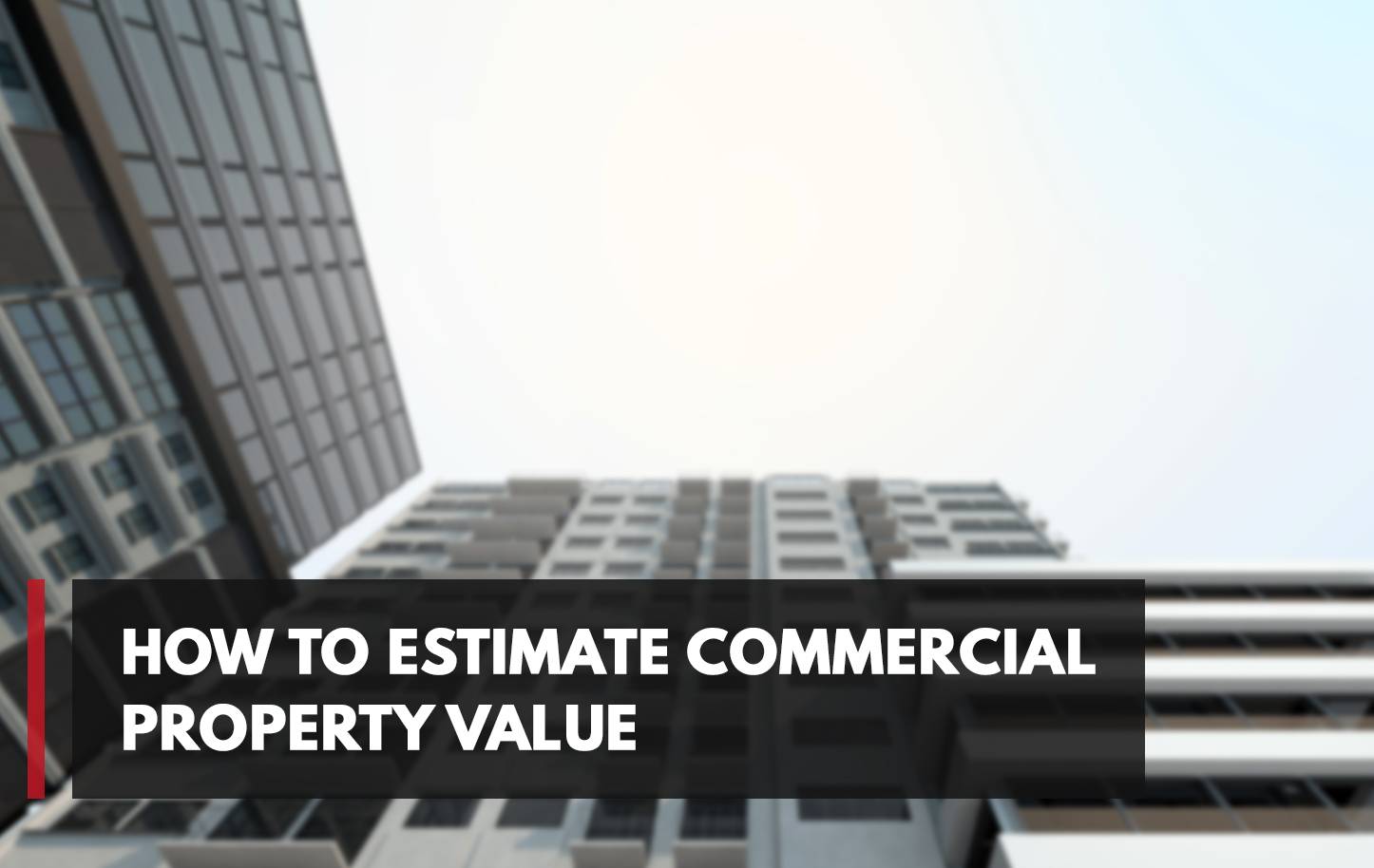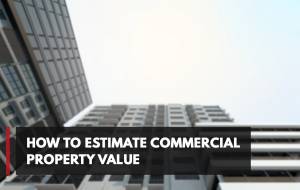
How To Estimate Commercial Property Value
Published At: Sun, 07/04/2021 - 13:17
When buying commercial real estate, there is no question more important than: "How much does it cost?”
While the answer may be deemed as simple, there is much more value than meets the eye. In order to put a number on the value of a particular piece of commercial real estate, one must first engage in carefully jotted mathematics and market research. There are several methods to estimate commercial property value.
Whether you plan to purchase this commercial property to operate your business, generate rental income, or flip it, you must first grasp the difference between a profitable and losing transaction. With that being said, different approaches are generally used to evaluate a commercial property. The main factor remains, choosing the proper method to match your particular investment.
The Income Method
This method is often known as the Income Capitalization Approach, which is most commonly used in commercial real estate purchases. The estimated commercial property value is verified by evaluating the property’s income using the capitalization rate or the cap rate. The cap rate formula is best described as the property’s net operating income divided by its current market value or sales price.
For example, take a property with a gross possible income of $100,000, subtract a 10% vacancy factor of $10,000. This will leave you with an adequate gross income of $90,000. From there on, you can go by deducting the operating expense of the property (for instance, $40,000), leaving us with a total of $50,000 of Net Operating Income (or NOI). You can then divide this value with the cap rate (8%) and come up with a fair estimate of the commercial property value at $625,000.
The Replacement Cost Method
Also known as The Cost Approach, this method is far more complicated in estimating a commercial property value. The approach starts by taking into account the value of the land on which it is currently built (this is excluding the value of the building). It moves on to factor in the costs it may induce to build a similar replica of the current structure, adding that to the land’s value. From there, the method invokes the depreciated value and the actual property value number modified, respectively.
The formula for estimating the cost approach is as follows:
Property Value = Replacement/Reproduction Cost – Depreciation + Land Value
The Market Value Approach
The Market Value Approach or, the Sales Comparison Approach, is considered the simplest method to determine and estimate a commercial property’s value. This method connects and compares the property to be valued with other properties of similar use and size that have been sold or are currently on the market in neighboring regions. A variety of values are discovered from the findings of the market research, which are then modified and tailored to fit the current building’s physical characteristics.
The main factors that are typically considered when gathering this information and deduce a conclusion are discrepancies in dates of the sale, age and condition of the property, the square footage of the building and area of surrounding land, the location, and the land to building ratio. Other characteristics such as local taxes are also vastly considered based on their relevance in the current market. In other words, the numbers deduced from this method is defined by what a customer is possibly prepared to pay in an open, fair, and competitive market. This is a straightforward process to discover a baseline to initiate discussions between two parties.
The Gross Rent Multiplier Approach
The Gross Rent Multiplier Approach is somewhat close in concept to the income approach. The main difference is that the cap rate used is based purely on gross rent rather than NOI. Since the approach relies on gross rents and not NOI, it does not consider expenses, repairs, or vacancy and collection loss.
The value calculation for the GRM approach is:
Property Value = Annual Gross Rents x Gross Rent Multiplier
In order for this method to generate an accurate value, you will need to know the GRM of similar properties. This sort of information is usually available from local commercial real estate agents and appraisers.
What Method is Best For You?
Now that you hold a clearer understanding of what each of those fundamental appraisal tools brings to the table, you can clearly make a decision to choose the one that fits your needs best. Each of these modalities are helpful depending on your situation and your overall business requirements.
For instance, it may be rather challenging to determine cap rates or compare selling prices for comparable properties in other neighborhoods. In this case, The Replacement Cost Approach is the way to go in order to deduce a more accurate value.
This is why deciding which approach to implement purely lies on the property you have on hand and its factors.
Read more about our blog on My Perfect Workplace to learn more about commercial real estate.


